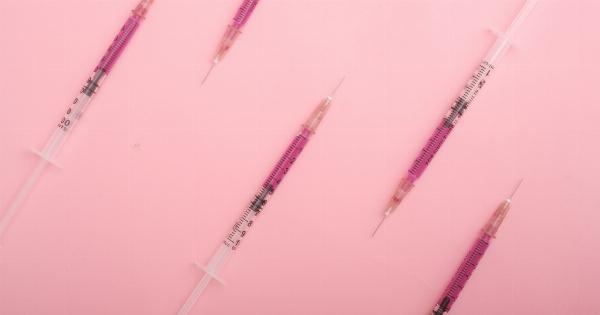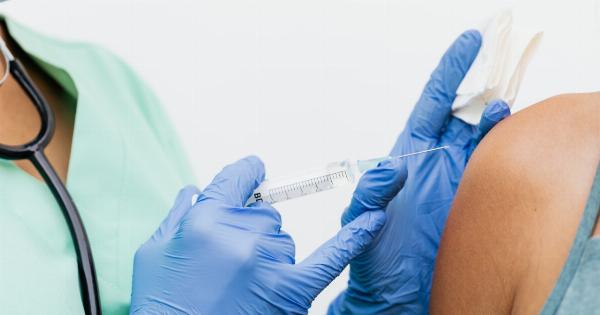In a world that constantly faces threats from deadly diseases, eradicating polio has been a priority for global health organizations.
For decades, vaccine campaigns and awareness programs have worked towards eliminating this debilitating disease, and significant progress has been made. The goal of a polio-free planet is now within reach, with a critical milestone being the 80% objective. In this article, we explore the journey towards achieving a polio-free world and the importance of reaching the 80% threshold.
What is Polio?
Polio, or poliomyelitis, is an infectious viral disease that primarily affects young children. The virus spreads from person to person, primarily through fecal-oral transmission, typically entering the body through the mouth.
In some cases, polio can cause paralysis, leading to lifelong disability or even death.
The Global Polio Initiative
The fight against polio began in earnest in 1988 when the Global Polio Initiative was launched by the World Health Organization (WHO), UNICEF, Rotary International, and the US Centers for Disease Control and Prevention (CDC).
This partnership aimed to coordinate efforts worldwide, leveraging resources and expertise to eradicate the disease.
Vaccine Development
One of the key milestones in the polio eradication campaign was the development of highly effective vaccines. The oral polio vaccine (OPV), which consists of a weakened form of the virus, was first introduced in the 1960s.
This vaccine proved to be a game-changer in the fight against polio, as it provided effective and affordable protection against the disease.
In recent years, a switch has been made to the inactivated polio vaccine (IPV). IPV is given as an injection, and unlike OPV, it contains an inactivated or “killed” form of the virus.
This switch was made to address the rare cases of vaccine-derived poliovirus, which can occur with the live attenuated OPV.
Global Progress and Challenges
Since the inception of the polio eradication initiative, tremendous progress has been made. The number of polio cases globally has decreased by over 99%, from an estimated 350,000 cases in 1988 to just 33 reported cases in 2018.
The efforts of healthcare workers, governments, and organizations have brought the world closer to the target of a polio-free planet.
However, several challenges persist. Conflict zones, hard-to-reach populations, and vaccine hesitancy in some communities have hindered progress.
Additionally, polio remains endemic in two countries, Afghanistan and Pakistan, where targeted efforts are needed to eliminate the last remaining pockets of the virus.
The 80% Objective
Reaching the 80% objective is a critical milestone on the path to eradicating polio. This objective refers to vaccinating at least 80% of children in every district and community against polio.
Achieving this level of coverage ensures that a sufficient number of individuals are immune to the virus, hindering its transmission and preventing outbreaks.
Action plans to achieve the 80% objective involve extensive immunization campaigns and targeted outreach to vulnerable populations.
National and local health departments work closely with community leaders and healthcare workers to ensure the vaccine reaches all children, regardless of their geographic location or socioeconomic status.
The Importance of 80% Coverage
Attaining 80% coverage is crucial for several reasons:.
- Herd Immunity: When a significant portion of a population is immune to a disease, it indirectly protects those who are not vaccinated or immune. This concept, known as herd immunity, helps prevent the spread of infectious diseases. By achieving 80% coverage, the chances of polio spreading drastically decrease.
- Transmission Interruption: Polio primarily spreads through person-to-person contact. By vaccinating at least 80% of children, transmission chains can be broken, preventing the virus from finding new hosts and keeping it at bay.
- Eliminating Reservoirs: Vaccination campaigns aim to reach every child, including those who may have previously escaped immunization. By achieving 80% coverage, the goal is to eliminate hidden reservoirs of the virus and create a more resilient defense against polio.
- Global Protection: Even in countries that have successfully eliminated polio, the risk of importing the virus from endemic regions remains. Maintaining high vaccination coverage is crucial to prevent imported cases and ensure global protection.
Challenges and Strategies
Meeting the 80% objective is not without challenges. In some regions, misinformation and vaccine hesitancy have fueled skepticism towards immunization campaigns.
Cultural beliefs, logistical hurdles, and security concerns in conflict areas also pose significant obstacles.
To overcome these challenges, strategies such as community engagement, health education, and mobilization of local influencers have proven effective.
Building trust within communities, addressing concerns, and involving local leaders in vaccination efforts are vital steps to improve vaccine acceptance and reach the desired coverage levels.
Achieving a Polio-Free Planet
While reaching the 80% objective is a significant step towards eradication, it is essential to remember that the end goal is a polio-free planet.
The successful eradication of polio would make it only the second human disease to be eradicated, following smallpox. Such an achievement would not only save countless lives but also provide valuable lessons and inspiration for conquering other infectious diseases.
The journey towards a polio-free planet requires continued commitment, resources, and collaboration from governments, healthcare organizations, and individuals.
With targeted efforts, innovative solutions, and a determination to succeed, the dream of a polio-free world can soon become a reality.




























